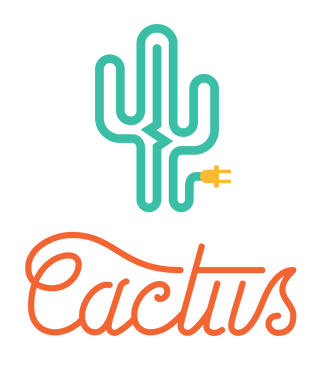Would you consider using your electric vehicle to power your home during emergencies?
Blog Post- Mar 02, 2024- By Evan Maetche
Would you consider using your electric vehicle to power your home during emergencies?
The emergence of electric vehicles (EVs) has captured my attention, especially with the introduction of the Ford F-150 Lightning electric truck onto the market. As a proud owner of the ever-popular F150 truck, I've been excited since Ford unveiled this groundbreaking technology. What's particularly fascinating is that this truck is fully equipped for Vehicle-to-Home (V2H) integration, offering a viable battery backup solution for households. This capability, known as bi-directional charging, opens up a world of possibilities.
So, what exactly is bi-directional charging?
Imagine if your EV wasn't just a mode of transport but also a power hub, capable of both storing and supplying electricity to your home or even back to the grid. Traditionally, EV charging has been a one-way process, with power flowing from the grid to the vehicle's battery. However, with bi-directional charging, this dynamic changes. Now, your EV can not only draw power from the grid but also send excess energy back when required.







There are different types of bi-directional EV charging:
V2H (Vehicle to Home): This involves utilizing stored energy in the vehicle battery to power your home.
V2G (Vehicle to Grid): Here, the stored energy in the vehicle battery is used to support the grid, similar to a grid-tied solar system.
V2L (Vehicle to Load): This allows the stored energy in the vehicle to serve as a portable battery supply, equipped with outlets to power electrical appliances.
What I think about this technology:
In my opinion, the V2H application would be most suitable for homes in Vancouver. It enables us to use our electric vehicles for daily commuting while ensuring our homes remain powered during outages. Ideally, integrating a solar array to charge the battery would provide a sustainable and reliable power source.
But why should we consider this setup?
While Vancouver doesn't experience prolonged power outages or drastic shifts in energy costs like some parts of the USA, occasional outages still occur. Having a backup system in place can offer peace of mind and financial benefits. Instead of investing in separate home battery backup systems, utilizing the batteries already present in our EVs presents a cost-effective and versatile solution.
So, what does a typical bi-directional charging system entail?
It typically comprises:
1.A V2H-compatible electric vehicle
2.A bi-directional EV charger
3.A compatible inverter to convert DC into usable AC
4.An energy management or critical load panel to safely power essential loads in the home, or a smart management system to prevent overloading the inverter.
In conclusion, the integration of electric vehicles into our homes as backup power sources represents a remarkable advancement in technology. With bi-directional charging capabilities like V2H, EV owners can harness their vehicles not just for transportation but also as reliable energy hubs during emergencies. This innovation not only enhances the resilience of our households but also presents cost-effective and sustainable solutions, particularly in regions like Vancouver where power outages, though infrequent, can still occur. By leveraging existing EV batteries and integrating renewable energy sources like solar, we can create resilient and eco-friendly power systems for our homes. As we continue to embrace the possibilities of EV technology, the prospect of a more interconnected and sustainable energy future becomes increasingly tangible.
Blog By Evan Maetche- Mar 02, 2024


